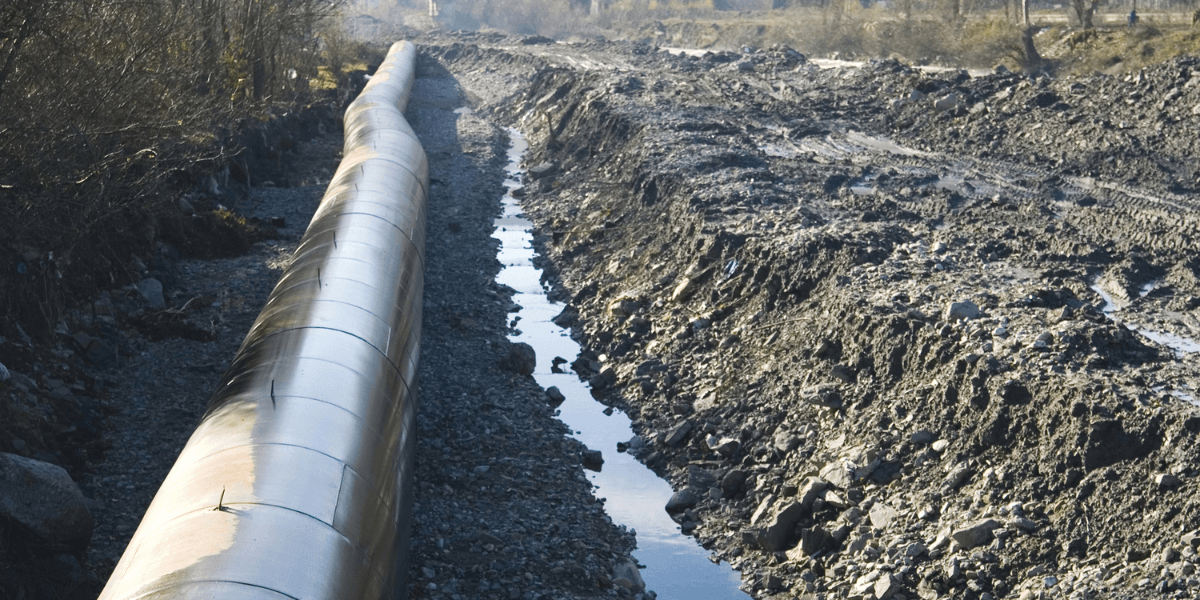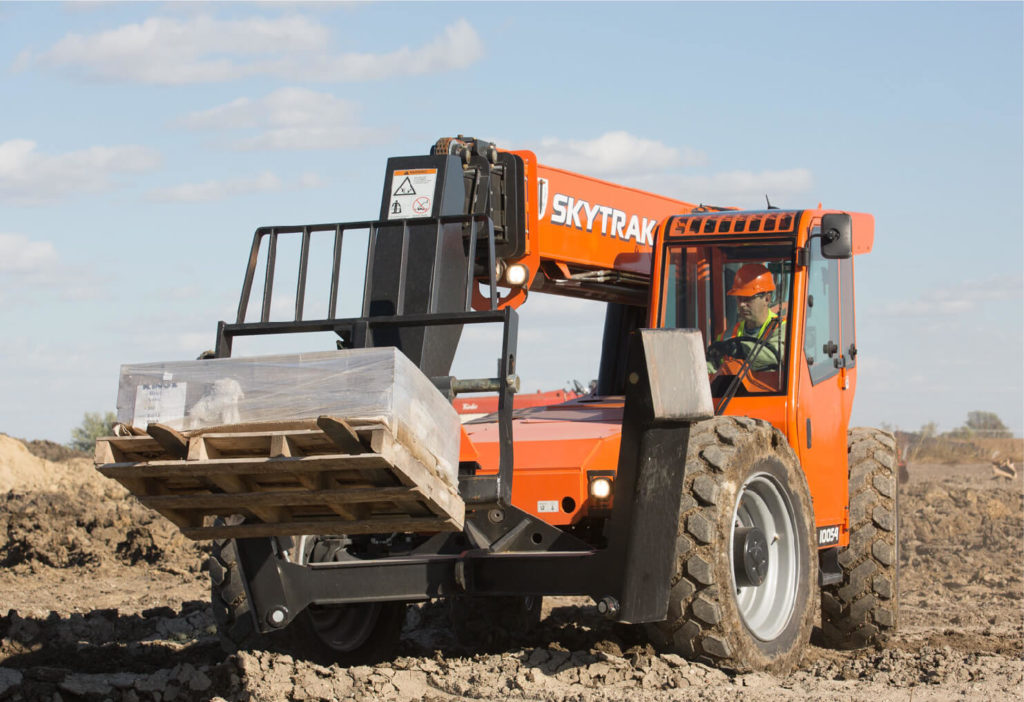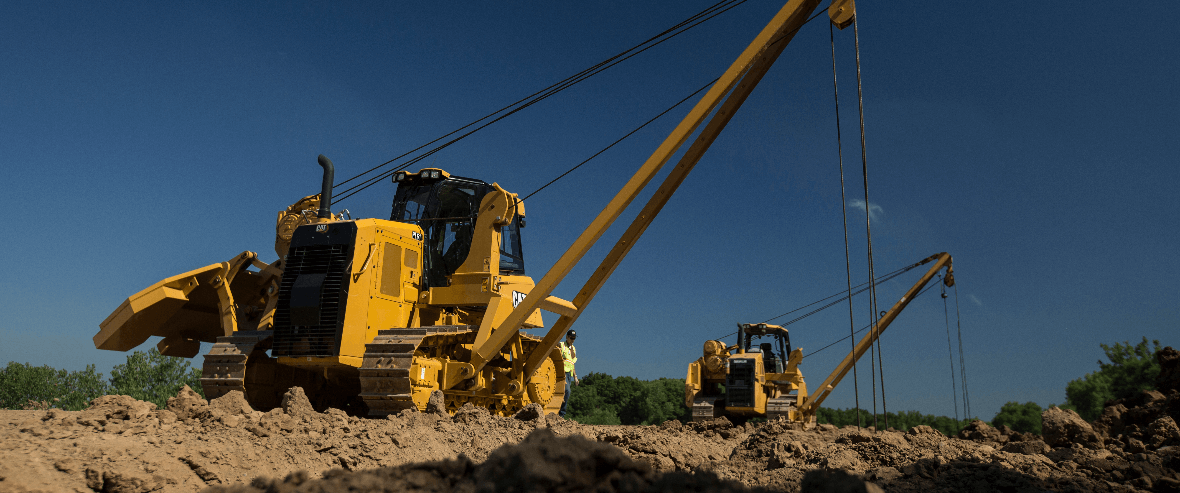Superior Rentals midland: local expertise for oil and gas
All About Oil Field Equipment and Pipeline Equipment: Secret Insights and Crucial Details
Oil field equipment and pipeline systems play an essential role in the oil and gas market. They are important for the effective extraction and transport of hydrocarbons. Key elements, such as piercing rigs and storage tanks, straight influence functional success. Meanwhile, innovations in innovation assurance to improve safety and security and efficiency. Comprehending these aspects is crucial for anyone associated with or interested in this complicated market, as it establishes the stage for much deeper expedition of industry techniques.

Summary of Oil Field Equipment
As the demand for oil proceeds to grow, recognizing the equipment made use of in oil areas ends up being progressively crucial. Oil field equipment includes a vast array of equipment and devices vital for expedition, removal, and processing. Secret components consist of drilling rigs, which are important for reaching oil tanks, and production devices, such as separators and pumps, that facilitate the extraction procedure. Superior Rentals fusion machines. Furthermore, storage space containers play a considerable function in holding unrefined oil prior to transport. Security tools, including blowout preventers and pressure determines, ensures operational safety and performance. Each tool features cohesively to enhance manufacturing and keep reliable operations. Familiarity with this equipment is essential for professionals in the industry to assure successful operations and adherence to security criteria
Kinds Of Drilling Rigs and Their Applications
Drilling rigs function as the backbone of oil extraction operations, with different types designed for specific geological conditions and operational requirements. The most common kinds include rotary drilling rigs, which use a revolving drill bit to penetrate the planet, and cable television device rigs, known for their percussion exploration approach. For overseas operations, jack-up rigs and semi-submersible rigs offer stability and assistance in marine atmospheres. In addition, directional exploration rigs make it possible for operators to pierce at angles, getting to down payments that are not vertically accessible. Each gear type has unique advantages, maximizing efficiency and safety and security based upon the drilling setting. Choosing the suitable rig is necessary for making the most of source removal while minimizing ecological impact and operational prices.

Necessary Pipeline Equipment and Their Features
Pipeline framework is vital for the transport of oil and gas from removal websites to processing facilities and end-users. Different vital equipment components promote this procedure. Pipes themselves function as the key channels, designed to hold up against high stress and harsh compounds. Pump stations are crucial for keeping flow by increasing pressure along the pipeline. Shutoffs play an important function in regulating flow and separating areas for upkeep. Furthermore, fittings and connectors ensure secure joints in between pipeline areas. Keeping an eye on systems, consisting of flow meters and stress sensors, are vital for detecting leaks and maximizing circulation rates. Pigging devices is employed for maintenance and cleaning, guarding pipeline honesty and performance. With each other, these components create the foundation of a trustworthy pipeline system.
Developments and Technologies in Oil and Gas Equipment

Safety and Maintenance Practices in the Oil Sector
While the oil market has actually made significant strides in technology and performance, the importance of robust safety and upkeep methods can not be overemphasized. Effective safety and security protocols are important to safeguard employees and the atmosphere, decreasing the threat of mishaps and spills. Regular assessments and maintenance of devices help identify potential concerns before they rise, making sure operational integrity. Educating programs for employees are essential, emphasizing the value of security understanding and emergency situation action procedures. Additionally, adherence to market regulations and criteria fosters a society of security. Implementing innovative surveillance modern technologies can additionally improve maintenance techniques, allowing for real-time evaluations of devices conditions. Inevitably, see page focusing on security and upkeep is important to the sustainability and success of the oil sector.
Regularly Asked Inquiries
What Are the Ecological Impacts of Oil Field Equipment?
The ecological impacts of oil field equipment consist of environment damage, water contamination, and air contamination (Superior Rentals reviews). In addition, tools malfunction can bring about spills, adversely affecting wild animals and communities, highlighting the need for strict laws and monitoring
Exactly How Is Oil Field Equipment Transferred to Remote Locations?
Transferring oil field equipment to remote areas typically involves specialized lorries, helicopters, or barges. Logistics firms coordinate routes, making sure tools arrives safely and successfully, thinking about surface and accessibility to lessen delays and maximize efficiency.
What Governing Standards Govern Oil Field Equipment?
Regulative criteria regulating oil field equipment primarily consist of safety, environmental management, and functional efficiency standards. Agencies such as OSHA and EPA impose these laws to guarantee risk-free practices and lessen environmental influence in oil removal operations.
What Abilities Are Needed to Run Oil Field Equipment?

Exactly How Do Oil Rates Impact Equipment Need and Usage?
Oil costs considerably affect equipment demand and use. Greater prices commonly result in raised expedition and manufacturing activities, driving demand for equipment. Conversely, reduced costs might result in minimized procedures and lowered need for tools.